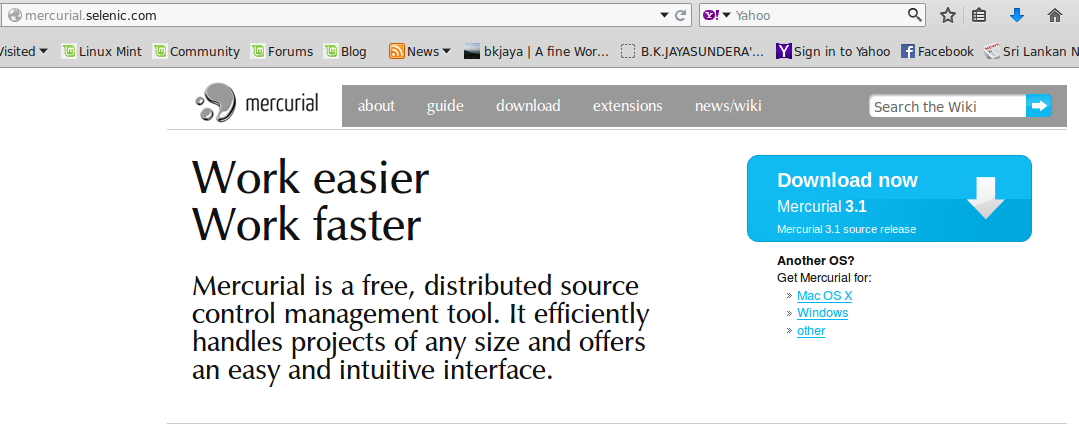

It will try to identify branches and tags, and create them but if it can't it just skips them.nothing is on the Mercurial default branch, unless the user explicitly switches to it.) For example branches/some-feature would be like hg branch some-feature. It puts every Mercurial revision on a named branch named after its SVN branch.It puts a local tag on every changeset to mark its SVN revision.

It generates a Mercurial tag for every SVN tag.Up until recently this only let you clone and pull a Subversion repository, but as of hgsvn 0.1.7 it supports push. Ĭhecking out an entire repository: hg svnclone it wants to treat a Subversion clone as much as possible like any other Mercurial repository). The command set is typically hg svn though it aims at being integrated to the point that you don't need the 'svn' part (i.e.It requires that the Subversion repository be laid out according to the convention of trunk/branches/tags.It maintains a special branch closed-branches for closing off branches which are removed in Subversion.It maps tags and branches (preceding all tags with tags/ to distinguish them from equivalently named branches).As a consequence it works with only the most up-to-date Mercurial (1.3 as of this writing).
Mercurial windows gui full#
It allow full round-tripping of revisions (full clone, pull, and push), However as of this writing it is still in development and there are not yet official releases. It is in many ways the most sophisticated solution as it uses the Subversion API to communicate with the Subversion repository. However it does not support taking Mercurial revisions and sending them back to Subversion (no push). The extension can incrementally bring in new revisions from a Subversion repository into the Mercurial one (a little like pull). It works roughly like this: hg convert įor example this will grab the trunk of the SixApart memcached repository. The convert extension will clone an existing Subversion repository into a Mercurial one.
Mercurial windows gui Patch#

How do you see what's uncommitted, or the status of your current codebase?.

Mercurial windows gui how to#
Explain how to get something done rather than how something is.Practical - covering situations that the majority of users often encounter - creating a repository, branching, merging, pulling/pushing from/to a remote repository, etc. This is a compilation of information on using Mercurial for beginners for practical use.īeginner - a programmer who has touched source control without understanding it very well. Inspired by Git for beginners: The definitive practical guide. It is not currently accepting new answers or interactions. This question and its answers are locked because the question is off-topic but has historical significance.


 0 kommentar(er)
0 kommentar(er)
